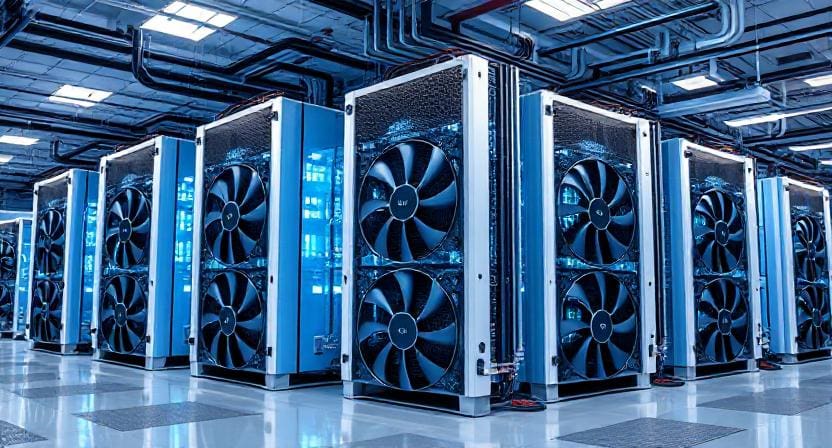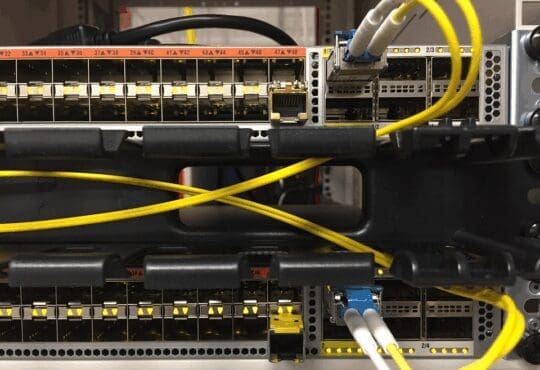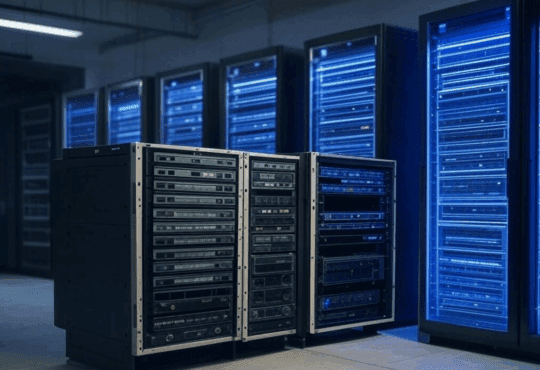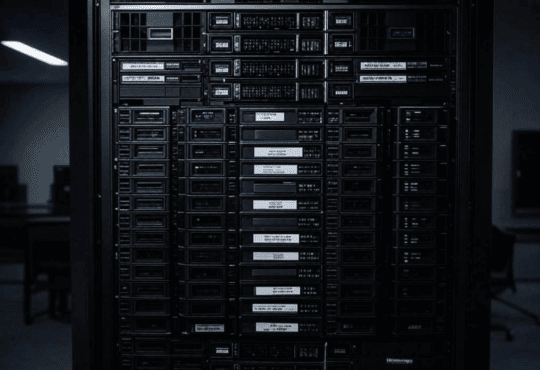Contents
Liquid cooling stands out as a game changer for datacenters, especially as demands continue to soar from AI and cloud services where traditional methods often fall short. This innovative approach promises not only better performance but also significantly lower costs over time. Let’s dive into why it leads the way forward in this rapidly evolving field.
What Drives the Shift to Liquid Cooling in Datacenters?
Datacenters are facing growing pressures these days, with power usage climbing alongside the introduction of more advanced technologies. Liquid cooling meets these needs head on, providing a robust solution that aligns with modern requirements.
Rising Needs from AI and High-Performance Computing
AI workloads are pushing hardware limits to new extremes, causing servers to generate more heat than ever before in their operations. Liquid cooling handles this challenge effectively, supporting dense setups without the risk of overload that can disrupt critical processes.
For example, modern systems can pack in up to 192 GPUs with direct liquid cooling, which boosts compute power for demanding tasks and enables smoother handling of complex computations.
Limits of Traditional Air Cooling
Air cooling relies on fans and vents to dissipate heat, and while it works adequately for basic setups, it struggles with sudden heat spikes that can occur during intensive usage. Hot spots form easily in such environments, leading to energy waste that accumulates over time and affects overall efficiency.
Studies show that air-cooled sites often hit power usage effectiveness scores between 1.4 and 1.6, which is higher than ideal for optimal performance. In contrast, liquid options drop this below 1.2, saving valuable resources and contributing to a more streamlined operation.
How Does Liquid Cooling Beat Air Cooling?
Switching to liquid cooling brings clear wins across the board, as it moves heat faster and smarter than traditional methods. Liquids absorb warmth better than air, resulting in a more effective thermal management system that benefits the entire datacenter infrastructure.
Energy Efficiency Boosts
Liquid systems cut power use sharply, with the potential to save nearly 40 percent on energy in datacenters through direct contact with hot parts that allows for precise cooling. Compared to air, liquids transfer heat up to 3,600 times better by volume, meaning fans run less frequently and bills are slashed considerably.
Space and Density Savings
Datacenters can shrink significantly with liquid cooling, where infrastructure can reduce by a third versus air setups, allowing more servers to fit in less room overall. This matters particularly for urban sites, where compact designs free up floor space for future growth and expansion without major renovations.
Green Advantages
Sustainability shines brightly here, as liquid cooling conserves water and cuts emissions in ways that promote environmental responsibility. Some methods save 95 percent on cooling energy over air, leading to dropped carbon footprints and efficient operations that align seamlessly with eco goals set by organizations today.
Aspect | Air Cooling | Liquid Cooling |
|---|---|---|
Energy Savings | Baseline | Up to 40% less use |
PUE Score | 1.4-1.6 | Below 1.2 |
Heat Transfer Efficiency | Standard | 3,600x better per volume |
Space Reduction | None | Up to 33% smaller infrastructure |
What Key Perks Come with Liquid Cooling?
Beyond the basics, it offers long-term value that enhances reliability and allows operations to scale smoothly in response to growing demands. This makes it an attractive choice for forward-thinking IT professionals.
Lower Costs Over Time
The upfront spend is higher, but savings build steadily as total ownership costs drop due to improved efficiency across the system. Energy bills fall by 30 percent or more in some cases, while maintenance eases with fewer moving parts, ultimately shrinking downtime and boosting productivity.
Better System Reliability
Heat stress harms hardware over prolonged periods, but liquid cooling keeps temperatures even and consistent, ensuring components last longer and perform at their best. Noise levels drop too, creating quieter environments that aid staff focus and reduce workplace distractions.
Scalability for Tomorrow
Future-proof your setup with liquid cooling, as demands rise and systems adapt without major overhauls. Market growth is projected to hit $6.2 billion by 2030, showing wide adoption that underscores its viability, and it supports hybrid models blending air and liquid for versatile implementations.
- Enhanced thermal management for hot components
- Reduced water use in advanced designs
- Support for high-density racks
What Challenges Does Liquid Cooling Present?
No solution is perfect, and some hurdles exist with liquid cooling, but they are manageable with proper planning and execution. Addressing these early can lead to successful integration.
Higher Starting Investment
Initial setup costs more than air due to the need for new pipes and fluids that add to the expense upfront. Yet payback comes quick through ongoing savings, so planning budgets carefully often results in ROI showing within two years or less.
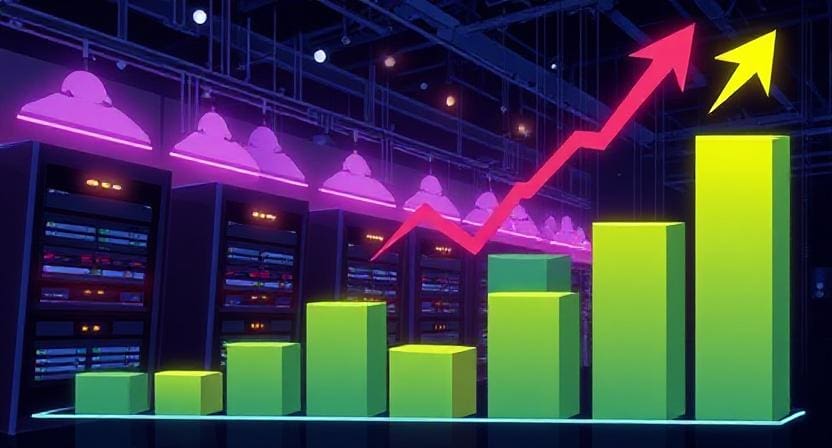
Maintenance Needs
Staff training is key, since handling liquids differs from air systems and requires specific knowledge to operate effectively. Regular checks prevent issues from arising, and as tools and skills evolve, this process becomes simpler and more intuitive for teams.
Risk Factors
Leaks pose a threat, though they are rare in modern designs that incorporate advanced safeguards. Water scarcity can limit some types in certain regions, but sealed systems minimize dangers overall, and dry coolants help in dry areas where resources are limited.
Spotlight on Dell’s Newest Liquid Cooling Gear
Dell leads with innovative hardware that fits datacenter needs perfectly, offering solutions that integrate seamlessly into existing environments. Their latest developments demonstrate a commitment to advancing cooling technologies.
For more on Dell’s solutions, check their official site: Dell Power and Cooling.
PowerEdge XE9780L and XE9785L Models
These rack-scale servers pioneer liquid cooling, handling high power with ease and providing robust performance for demanding applications. Direct-to-chip tech cools efficiently, making them ideal for AI tasks that require intensive processing.
Built with modular architecture, the XE9780L and XE9785L simplify deployment through features like blind-mate coolant connections and disaggregated power management, which enhance flexibility during setup and maintenance. They leverage liquid-to-chip cooling to reduce thermal strain on components, optimizing power use and helping lower the overall carbon footprint in operations.
These models support up to 256 GPUs per rack in standard high-density setups, with options for customization to handle even more capacity when needed. They work well with Intel, AMD, and NVIDIA processors, delivering strong GPU acceleration that speeds up AI model training and deployment. When paired with Dell’s PowerCool Enclosed Rear Door Heat Exchanger, they can manage warmer water temperatures around 32 to 36 degrees Celsius for heat dissipation, cutting down on the need for energy-heavy chillers.
Centralized thermal monitoring and hot-swappable fans add to their appeal, making maintenance straightforward and reducing downtime risks. For enterprises in fields like healthcare, manufacturing, or financial services, these servers enable sustainable scaling while keeping computational power at its peak.
Popular R-Series Models with Liquid Cooling
Dell extends liquid cooling benefits to its more common R-series rack servers, which offer versatility for a wide range of datacenter setups. Models like the PowerEdge R760, R7625, and R660 stand out for their support of direct liquid cooling options, blending efficiency with familiar designs that IT teams already know.
The PowerEdge R760, for instance, features optional direct liquid cooling with cold plates that contact CPUs and GPUs directly, allowing it to handle high-heat workloads without relying solely on air flow. This setup reduces fan power needs and supports configurations with powerful processors, making it suitable for dense environments where space is at a premium.
Similarly, the R7625 incorporates both air and direct liquid cooling choices, powered by AMD EPYC processors that thrive under liquid management for better thermal control during AI and other intensive tasks. Hands-on testing shows it achieves uniform cooling distribution, eliminating hot spots that plague air-only systems.
The R660 rounds out the lineup with its compact 1U form factor and optional direct liquid cooling, requiring rack manifolds and cooling distribution units for full operation. It excels in edge computing scenarios, where reliability and energy savings matter most.
These R-series models provide a practical entry point into liquid cooling, often combining hybrid air-liquid approaches for added flexibility in component choices like memory and storage.
PowerCool Enclosed Rear Door Heat Exchanger
This breakthrough captures all IT heat effectively, saving up to 60 percent on cooling costs while promoting energy reuse. Warm water reuse adds sustainability, turning waste into a valuable resource for other systems.
AI Workload Integration
Dell pairs with NVIDIA for up to 192 Blackwell GPUs, where liquid cooling enables this density and transforms operations for edge and cloud environments alike. It ensures that high-performance computing remains accessible and efficient.
Dell Model | Key Feature | Cooling Type | Max GPUs |
|---|---|---|---|
XE9780L | Rack-scale modular design | Direct-to-chip liquid | Up to 256 |
XE9785L | High-density AI focus | Direct-to-chip liquid | Up to 256 |
R760 | Versatile rack server | Optional direct liquid | Varies by config |
R7625 | AMD EPYC powered | Air and direct liquid | Varies by config |
R660 | Compact 1U form | Optional direct liquid | Varies by config |
eRDHx | Heat capture system | Enclosed door | N/A |
To learn about broader trends, see this Gartner report: Gartner Data Center Cooling Insights.
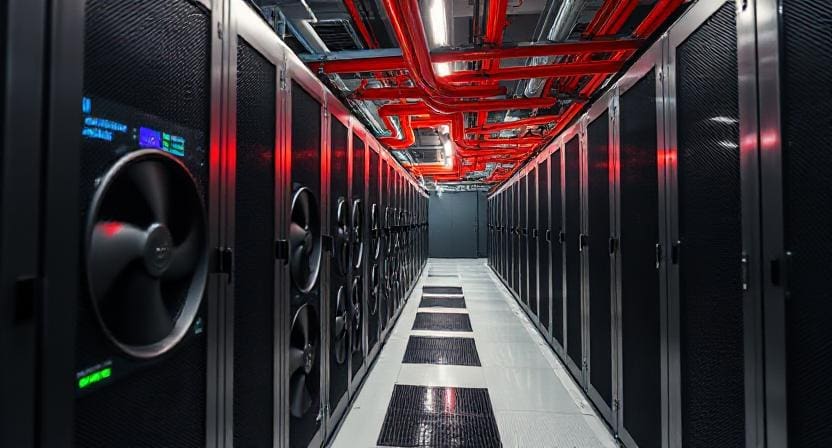
FAQ
Is liquid cooling suitable for all datacenters?
Most can benefit, especially those with high-density needs, and starting with hybrid approaches allows for an easy transition without disrupting current operations.
How much energy does liquid cooling save?
Savings reach 40 percent or more, depending on the specific setup and how it’s implemented within the datacenter environment.
What about leaks in liquid systems?
Modern designs use sealed loops to minimize risks effectively, and regular upkeep helps maintain system integrity over time.
Can I retrofit my air-cooled datacenter?
Yes, many options allow gradual shifts without full overhauls, making it feasible to upgrade step by step as needs evolve.
Final Thoughts
As datacenters evolve to meet the relentless pace of technological advancement, liquid cooling emerges not just as an option but as the essential path forward. It tackles the core issues of heat management, energy consumption, and scalability that air cooling simply cannot match in today’s high-stakes environments. With innovations from leaders like Dell and others pushing the boundaries, adopting liquid cooling means investing in a future where efficiency and sustainability go hand in hand.
Consider subscribing to my mailing list for updates and insights. You can also follow me on LinkedIn and X.com
#IWork4Dell


